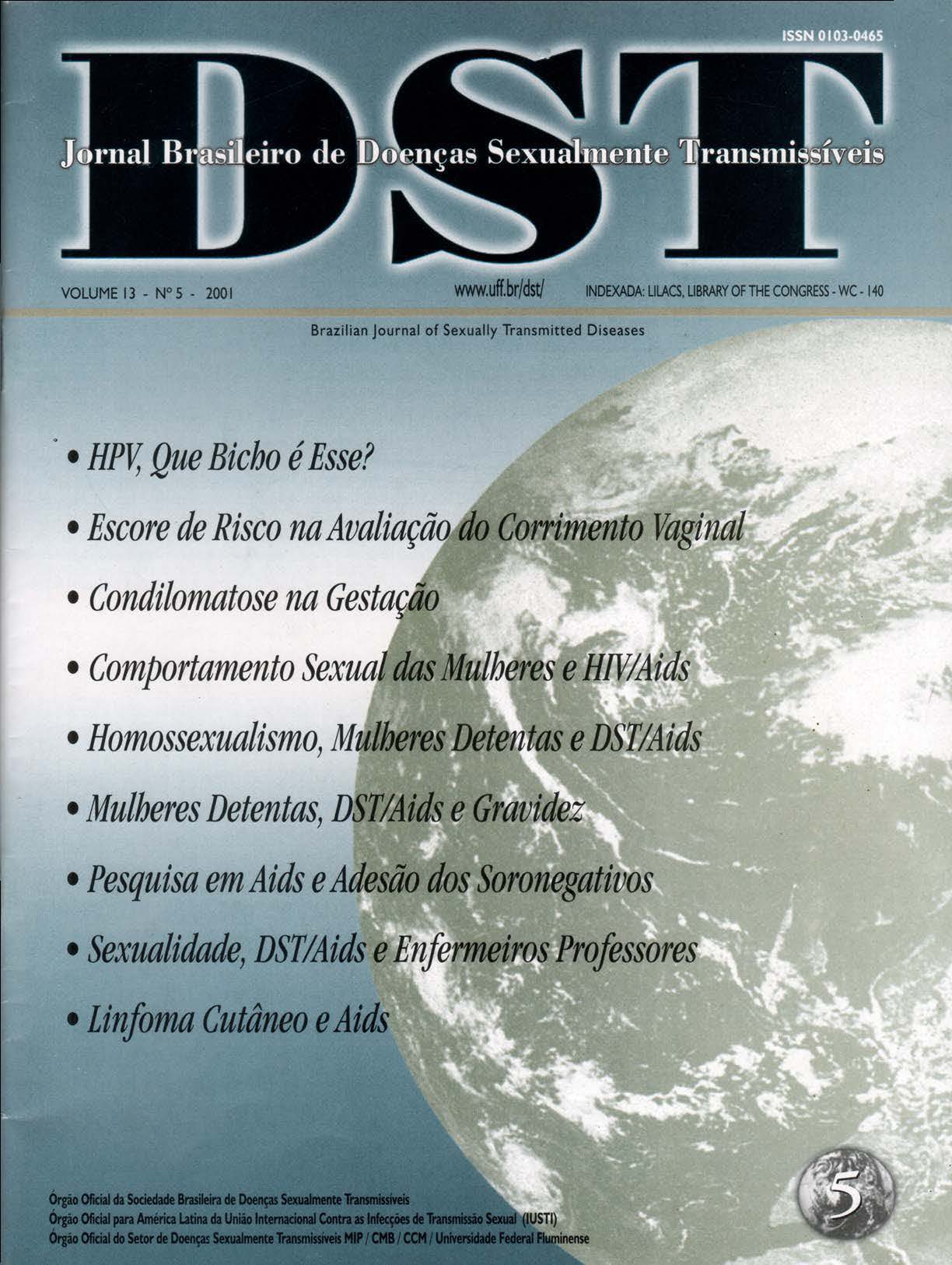Feminine sexual behavior in relation to HIV/SIDA
Keywords:
HIV/Aids, feminization, prevention, safe sexAbstract
lnlroductlon: ln the beginning of the 80's, science discovered lhe human immunodeficiency vírus - HIV - responsible for Aids - Acquired Jmmune Deficiency Syndrome. The Aids epidemies presents today, in Brazil. among its major tendencies, the feminization. which reflects the increasing participation of women in the total of lhe registered cases in the country. The heterosexual relation is the form of transmission thal has most contributed for the feminization of the epidemies. Objectlve: lnvestigate the feminine sexual behavior in relntion femization of the aids epidemies. Methods: A quantitative and qualitative research has been conducted having the employment of three hundred self - administered questionnaires to sexually active women, of six focal groups with 68 womens. Results: The practice of safe sex does not occur for 77% the sample, especially those married and long-term relationships, that cry, for this cause, pratic sefe sex. For 41 %, the risks of HIV infection are minor, not producing any change in their behavior. Only 0.6% of the sample has already employed a strategy of prevention. Concluslons: it has been verífied that the employmenl of the preservative is tied 10 lhe time of the relationship, 10 the emotional involvement and that lhe negotiation or the preservative with their partners is still a difficuh si1ua1ion for women.












